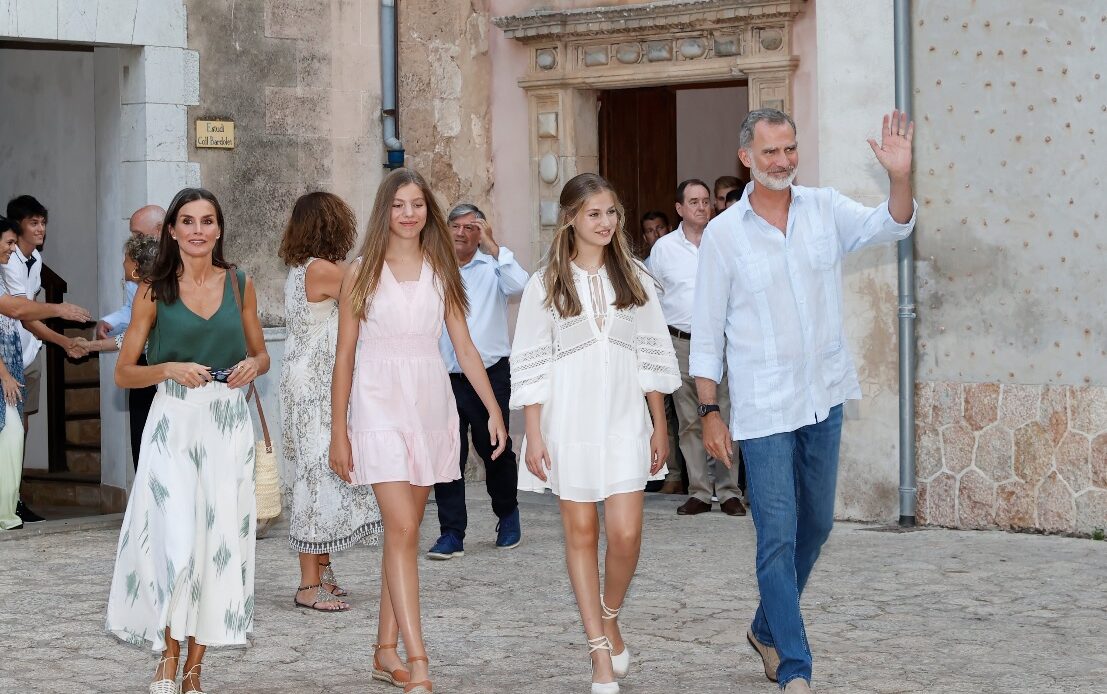
While the House of Bourbon, a branch of which rules over Spain, has a vey ancient origin, the history of the current Spanish Monarchy is very recent.
Spain’s modern history has been troubled to say the least, and the country is still trying to recover from some very deep wounds inflicted on it by events; specifically, the issue of regional identity and independence resurged prominently after the end of the Franco regime, following a strong suppression in the previous decades.
The end of the Franco regime also meant the return of the Monarchy to the country, as the Generalissimo, as he was known, nominated Juan Carlos I of Bourbon as his successor.
The new King tried his best to distance himself from the regime, and actively worked to bring democracy to Spain. He was heavily involved in the developments which promoted the referendum that in 1978 gave Spain its new Constitution. In it, the role and rules of succession for the Monarchy are clearly outlined, which makes it difficult to change things, and there has to be consensus.
Which is why it was a surprise when, in 2006, the Constitutional rules were changed to allow females to enter the succession line in case of absence of a male heir.
The then-Princess of Asturias was pregnant with her second child and, in a break with tradition, the sex of the baby was announced ahead of time: it was going to be a second girl.
This was seen by many as a way of putting pressure on Parliament to change the rules of succession, since it became clear that the couple was done having children.
The result was the opportunity for Infanta Leonor to write history as the first female to be sure to inherit the throne in the history of modern Spain.
Another interesting rule of succession in Spain, especially in light of recent events in Scandinavian Monarchies, is the fact that the siblings of the Sovereign will automatically be excluded from being working members of the Royal Family.
In current examples, when Felipe was born, thus ensuring a male heir, Elena and Cristina knew that until King Juan Carlos was in power they would be working members of the Royal Family, but once their brother became King, they would automatically loose their roles.
Which is why both Infantas have always held jobs outside of the Family, Elena as the Director of the Social Action area of the MAPFRE Foundation and Cristina as the coordinator of International Cooperation Programmes for the La Caixa Foundation.
The same future is in store for Infanta Sofía when her sister will become Queen, so it will be interesting, in two years, to see what, if any, university path she will choose to undertake.
The rules of succession in Spain are few and very clear, regulated by the Constitution’s 57th article, which also includes the clause that all heirs to the throne automatically receive the title of Prince of Asturias – they don’t have to be given the title by the Monarch, like in the United Kingdom.
Articles 56 to 63 regulate the functions and duties of the Sovereign, the Consort and the Heir, both in terms of constitutional duties and of norms that they all have to follow. Parliament and the Supreme Court can only intervene in regulating succession if all available options within the constitutionally mandated frame are exhausted.
The line of succession is currently as follows: Princess Leonor, Infanta Sofía, Infanta Elena, her son Felipe Juan Froilán, her daughter Victoria; Infanta Cristina, and then her four children Juan, Pablo, Miguel and Irene.
Despite what many people think, because it was Juan Carlos who was named as Franco’s successor, his sisters Pilar and Margarita and their families don’t have a place in the succession line; instead, Irene de Urdangarín y Borbón is followed by the descendants of Infante Carlos of Bourbon-Two Sicilies, which currently means that the 11th place in the order of succession belongs to the Duke of Calabria, Pedro de Borbón-Dos Sicilias y Orleans.

